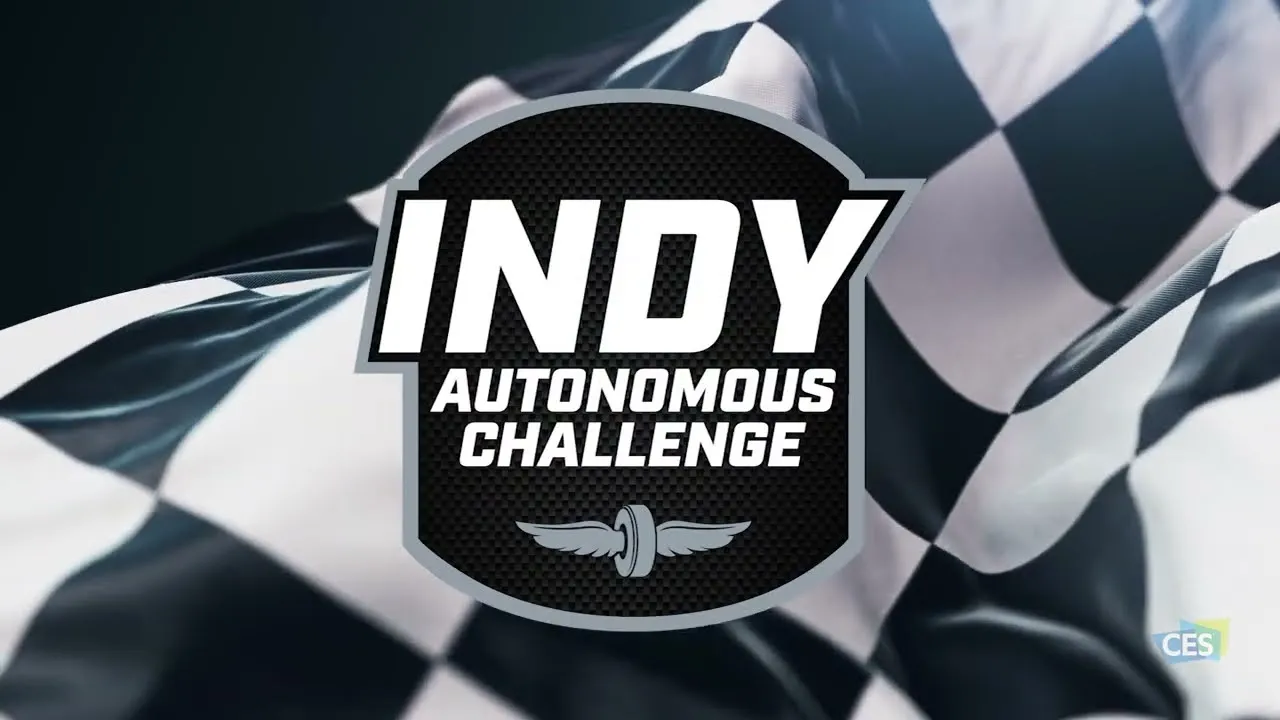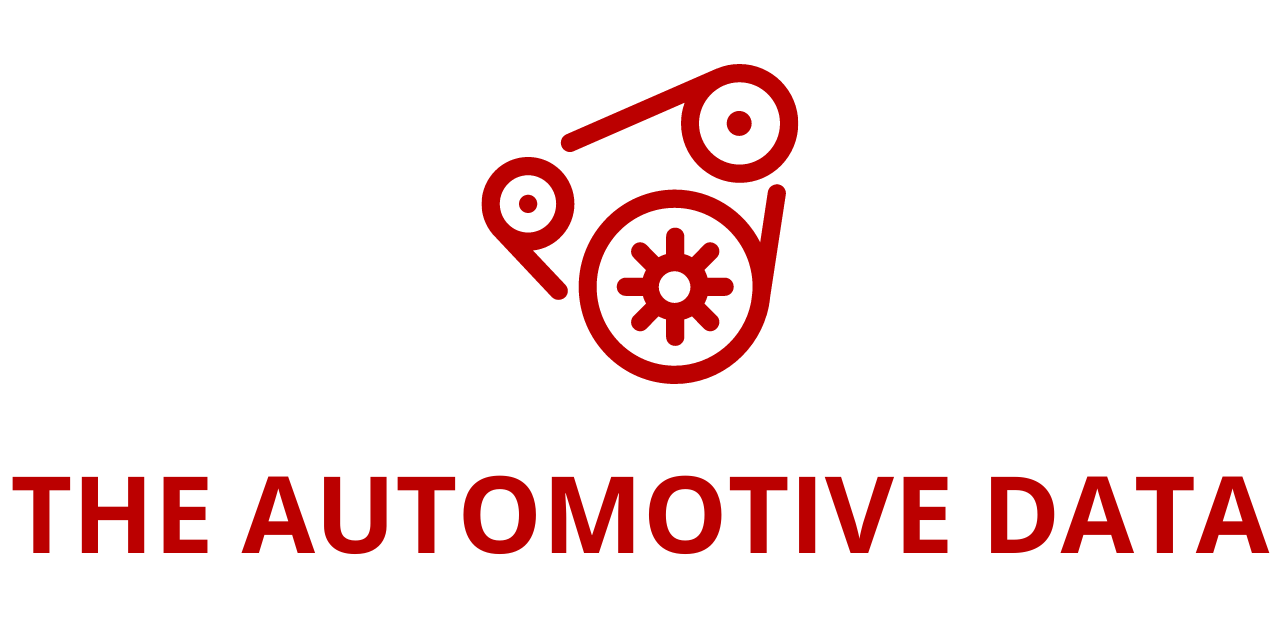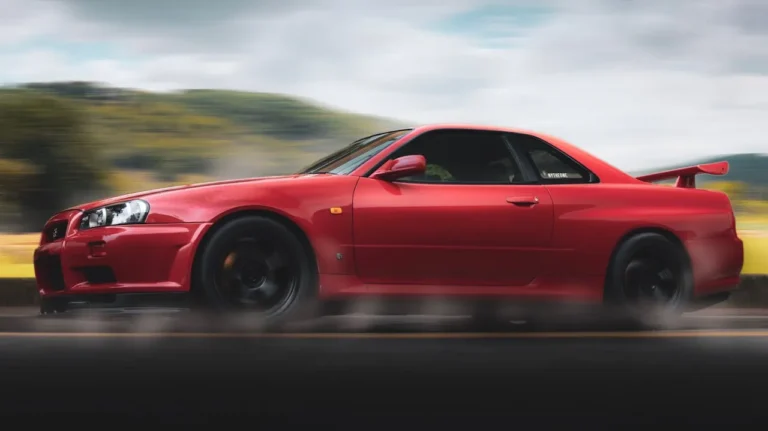
Indy Autonomous Challenge to Ignite Innovation at Grand Prix of Monterey with High-Speed AI Racing at Laguna Seca
The future of motorsports and artificial intelligence is set to converge on one of the world’s most iconic race tracks. On Thursday, July 24, 2025, the Indy Autonomous Challenge (IAC) will officially kick off the Grand Prix of Monterey weekend at WeatherTech Raceway Laguna Seca with a high-stakes, high-speed time trial competition featuring autonomous racecars driven by AI software. This groundbreaking event marks a new chapter in the evolution of autonomous vehicle technology, highlighting its growing relevance not only in transportation and robotics, but also in the competitive world of racing.
The IAC event will take place just ahead of the NTT INDYCAR SERIES races, offering spectators and industry leaders a compelling preview of what could be the next frontier in motorsport innovation. On the same circuit where racing legends have tested their limits, AI-powered vehicles developed by leading university teams from North America, Europe, and Asia will attempt to push the boundaries of machine-driven performance and autonomy.
A Showcase of Technological Progress in Autonomous Racing
Since its inception, the Indy Autonomous Challenge has been a unique platform where cutting-edge engineering, artificial intelligence, and motorsport converge. The 2025 appearance at Laguna Seca marks only the second time in IAC history that its autonomous racecars will compete on a road course—following the milestone event held at Italy’s famed Monza Formula 1 circuit in 2023.
“This event is more than a race—it’s a statement about the pace of innovation in autonomous mobility,” said Paul Mitchell, CEO of the Indy Autonomous Challenge and its parent organization, Aidoptation BV. “Running an autonomous race during the Grand Prix of Monterey, on the same track and in the same timeframe as an NTT INDYCAR SERIES event, is a powerful testament to how far our university teams have come in advancing the fields of AI and autonomy. And by bringing this event to the doorstep of Silicon Valley, we’re creating a high-impact opportunity to showcase the capabilities of the world’s fastest autonomous racecars to global leaders in AI, robotics, and mobility.”
Laguna Seca’s reputation as a technical and demanding course only amplifies the excitement and complexity of this challenge. The track’s combination of sweeping corners, elevation changes, and the infamous Corkscrew—a dramatic drop of nearly six stories within just a few hundred feet—will put both AI algorithms and mechanical systems to the test like never before.
A Perfect Setting for Innovation and Thought Leadership
In alignment with the racing event, the IAC will also host an AI & Automation Summit on the morning of July 24 on the grounds of WeatherTech Raceway Laguna Seca. This invitation-only summit is designed to bring together an elite group of thought leaders, researchers, and policymakers to explore the intersection of AI, robotics, and real-world applications—including, but not limited to, autonomous vehicles.
The summit will convene stakeholders from across the global AI ecosystem: renowned academics from engineering and computer science departments, trailblazing industry professionals from major technology firms, and government representatives from across the U.S., Europe, Asia, and the Middle East. With Silicon Valley just a short drive away, the location and timing of the summit are strategically aligned to attract top-tier participants and catalyze impactful conversations about the future of autonomy in mobility and beyond.
“Laguna Seca has always embraced technology and innovation, and we are proud to continue that tradition by welcoming the world’s fastest autonomous racecars to our track,” said Mel Harder, President and General Manager of WeatherTech Raceway Laguna Seca. “Hosting the IAC during the Grand Prix of Monterey weekend not only adds a thrilling new dimension to our event but also opens the door for meaningful collaboration with the university and industry teams that are shaping the future of autonomous technology. We’re especially excited to explore how SMART Track technologies being piloted by the IAC can enhance not only safety but also fan engagement in the racing experience.”
Global University Teams Set to Compete
The 2025 IAC race at Laguna Seca will feature eight elite university teams, each of which has engineered AI software capable of piloting fully autonomous racecars at speeds exceeding 180 miles per hour. These teams represent a diverse geographic and academic cross-section, pulling together interdisciplinary expertise in computer science, mechanical engineering, and data analytics:
- AI Racing Tech – A collaboration between University of California, Berkeley (CA); University of Hawai’i (HI); University of California, San Diego (CA); and Carnegie Mellon University (PA)
- Autonomous Tiger Racing – Auburn University (AL)
- CAST Racer – California Institute of Technology (CA)
- Cavalier Autonomous Racing – University of Virginia (VA)
- IU Luddy – Indiana University (IN)
- KAIST – Korea Advanced Institute of Science and Technology (South Korea)
- PoliMOVE-MSU – A joint effort between Politecnico di Milano (Italy), Michigan State University (MI), and University of Alabama (AL)
- Purdue AI Racing – Purdue University (IN)
Each of these teams has spent years refining its approach to algorithmic decision-making, sensor integration, real-time data processing, and vehicle dynamics modeling—skills that are directly translatable to real-world applications in autonomous driving, aerospace, industrial robotics, and even defense technologies.
International Participation and Parallel Events
While eight university teams will compete at Laguna Seca, two additional IAC teams will instead participate in a separate exhibition race at the Monza F1 circuit in Italy. This demonstration event, taking place during the Milan Monza Motor Show (MIMO) from June 27 to 29, 2025, will offer European audiences a front-row seat to the advancements in autonomous motorsport.
These teams include:
- TUM Autonomous Motorsport – Technische Universität München (Germany)
- UNIMORE Racing – University of Modena and Reggio Emilia (Italy)
Their participation in MIMO reflects the IAC’s broader mission to foster global collaboration and showcase AI advancements in a variety of high-profile venues around the world.
Creating Pathways for Industry, Academia, and Government Collaboration
Beyond the spectacle of high-speed autonomous racing, the IAC at Laguna Seca serves a deeper purpose: acting as a catalyst for interdisciplinary and cross-sector collaboration. Companies working in AI, robotics, automotive engineering, and data science—as well as government agencies focused on innovation and mobility policy—are encouraged to engage with the IAC through sponsorship, technology partnerships, and thought leadership opportunities.
Organizations interested in becoming part of the event—whether through exhibiting at the summit, collaborating on SMART Track development, or joining the innovation conversation—can reach out via info@indyautonomouschallenge.com.
A Glimpse Into the Future of Racing and Autonomy
As the IAC brings its groundbreaking technology and university talent to the legendary turns of Laguna Seca, it will offer more than just a thrilling spectacle. It will provide a window into what the future of mobility might look like—a world where machines think, learn, and perform with unprecedented speed and precision.
From elevating the profile of university research to pushing the limits of AI applications on one of the world’s most iconic tracks, the Indy Autonomous Challenge at the Grand Prix of Monterey is poised to be a landmark moment in the intersection of sport, science, and technology.







